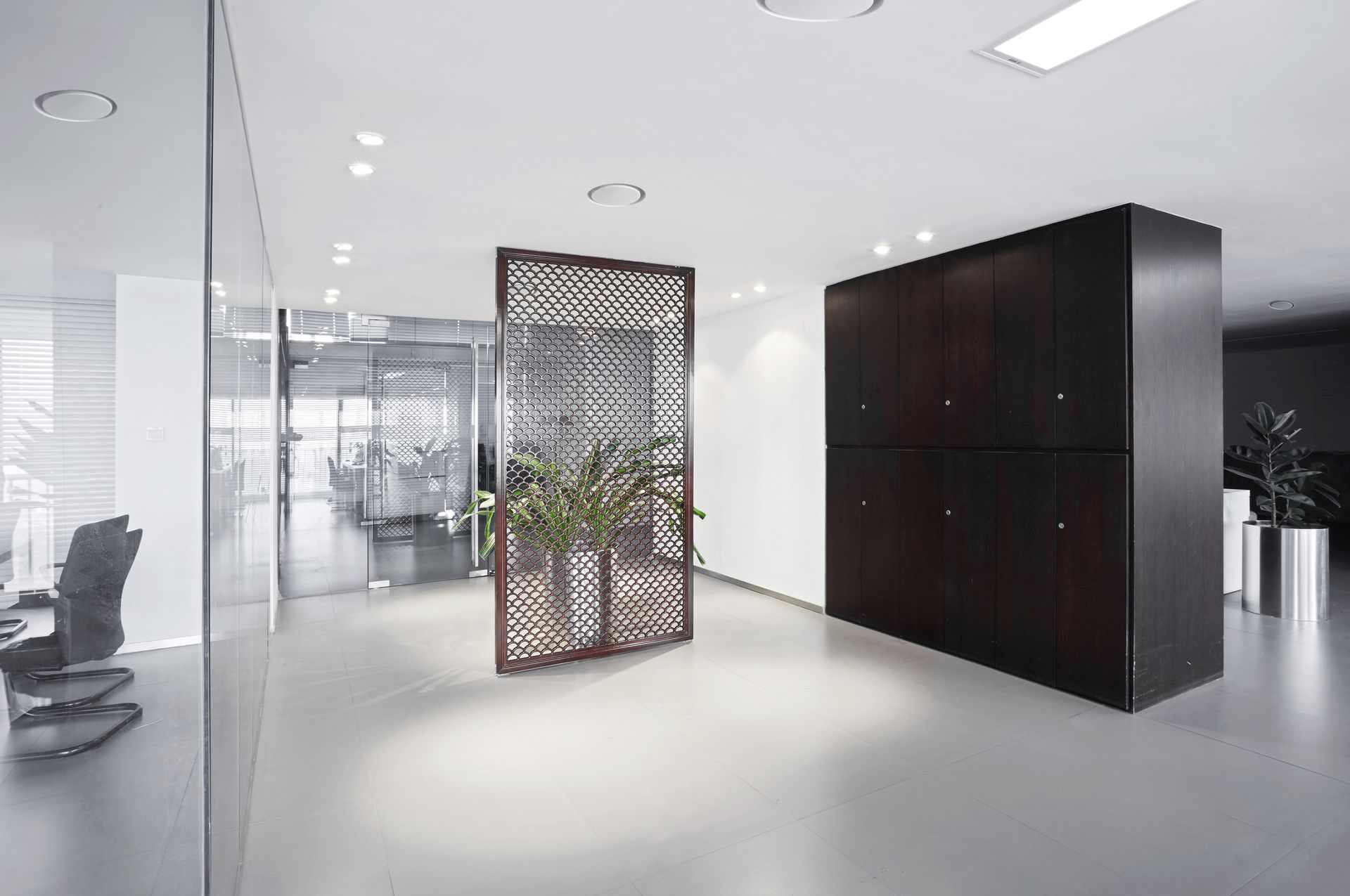Within any modern interior design project, indoor air quality and comfort should be top priority. However, quality ventilation shouldn’t come at the detriment of sleek and sophisticated design.
The latest innovations in air diffusion technology are shifting our focus from the less efficient ventilation solutions of the past, allowing for ground-breaking advancements to emerge as game-changers within the field. Among these advancements are Ventmann architectural diffusers, combining elegant design with cutting-edge technology to provide a ventilation solution that blends seamlessly with its environment. However, what are the benefits of these frameless diffusers?
The Rise of Architectural Diffusers
Invisible diffuser solutions have swiftly risen in popularity over recent years, coming as a result of their innovative design and impressive performance. Crafted from a unique gypsum composite, these diffusers are both robust and easy to clean, rendering them suitable for commercial and residential projects alike. However, what truly sets these modern air vent covers apart is their sleek and minimalist design, allowing them to blend effortlessly with their environment. This design advantage caters to the discerning aesthetic preferences of high-end homes and businesses, providing an uninterrupted visual appeal.
Improved Air Flow
Beyond their visual allure, these hidden architectural diffusers offer a multitude of benefits, providing incredible versatility that allows them to effectively aid in both supply and extract applications for air conditioning and ventilation systems. This versatility ensures a consistent and comfortable airflow, making them the ideal choice for offices, schools, and even hospitals
Silent Operation
Another noteworthy feature is their emphasis on noise reduction. Through CFD modelling, Ventmann architectural diffusers are engineered to operate silently within recommended flow parameters. This noise-minimising quality makes them an attractive choice for various environments, where the absence of disturbances is paramount.
High Versatility
The gypsum composite construction not only contributes to the strength of this innovative ventilation solution, but also allows for sanding and painting, ensuring longevity and adaptability to changing interior designs.
What are the Alternatives?
While the hidden diffuser is indeed an impressive innovation, it’s essential to consider alternative ventilation methods to gain a full understanding of any and all available options.
Traditional Grilles and Diffusers
Conventional grilles and diffusers have been a staple in ventilation for years. They offer good functionality, but often fall short in terms of aesthetics. Unlike the latest in air diffusion technology, they fail to blend seamlessly into upscale settings, making them a less appealing choice for design-conscious spaces.
Underfloor Air Distribution
UFAD systems involve delivering conditioned air through floor-level diffusers. These systems offer enhanced flexibility for space utilisation and energy efficiency. However, UFAD systems can be complex to install and require meticulous planning.
Smart Ventilation
Technological advancements have led to the development of smart ventilation systems that adjust airflow based on occupancy and air quality. These systems offer efficiency, but fall short in terms of silent operation and aesthetic appeal.
In conclusion, the latest innovations in air diffusion technology work to redefine the standards of indoor air quality and comfort. The seamless integration, versatile performance, silent operation, and durability of architectural diffusers makes them a strong contender in the market.
While alternative ventilation methods also provide unique advantages, these often come at the detriment of your interior design or sound quality. When searching for the perfect ventilation solution for your space, there’s no need to compromise.
































